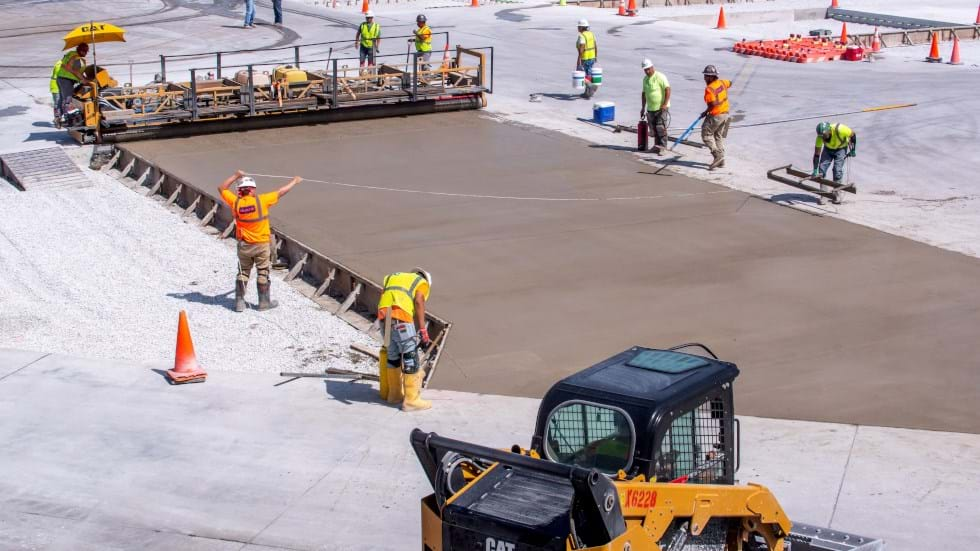US to label cleaner construction materials to accelerate use of greener glass, concrete, and steel

THE AMOUNT of carbon embedded in construction materials could soon become much easier to spot thanks to the US government’s push to introduce labels that will bolster the use of greener steel, concrete, and glass.
The Environmental Protection Agency (EPA) expects to introduce the labelling and a search directory in 2026 to provide an easy and reliable way for purchasers to identify and buy materials with a lower carbon footprint. This includes federal agencies which will set clean material requirements for publicly funded projects, and it’s hoped local authorities, universities, and the private sector will use it too.
The US$100m programme will initially focus on labelling concrete, glass, asphalt, and steel due to their high embodied emissions and the significant volumes purchased by the government as it looks for public procurement to catalyse the manufacture and use of cleaner products.
The EPA says the US federal government is the world’s largest buyer of goods and services, spending more than US$694bn on procurement in 2022. It estimates that government-funded projects are responsible for more than 50% of all the concrete poured in the US and produce more than 30% of the country’s construction-related emissions.
Michal Freedhoff, assistant administrator for the Office of Chemical Safety and Pollution Prevention, said: “By clearly labeling what ‘buy clean’ means for products like concrete, glass, and steel, EPA will help accelerate demand for these materials and continue to build the clean energy economy.”
The EPA will list the materials and products that earn the new label in a central, publicly accessible registry to make it easier to identify and purchase greener materials. Work is now underway to standardise and improve the quality of data used to calculate embodied carbon. Once that is complete, thresholds will be set, potentially for a tiered labelling system indicating products that are “good”, “better” and “best” in terms of their carbon footprints. The final phase will involve labelling products from manufacturers keen to join the scheme and establishing a registry to list them.
The EPA is calling on manufacturers who are keen to apply for labelling and want guidance in measuring emissions to contact the agency.
The US$100m programme is funded through the government’s Inflation Reduction Act (IRA), which has also set aside more than US$2bn to buy cleaner materials for the construction and renovation of federal buildings and another US$2bn for the Federal Highway Administration to incentivise their use in transportation projects.
Recent Editions
Catch up on the latest news, views and jobs from The Chemical Engineer. Below are the four latest issues. View a wider selection of the archive from within the Magazine section of this site.




